Scientists have rediscovered a long-lost species of primate on a remote island in Indonesia.
Conducting a survey of Mount Rore Katimbo in Lore Lindu National Park on the island of Sulawesi, a team led by Sharon Gursky-Doyen of Texas A&M University captured three pygmy tarsiers, a tiny species of primate that was last collected in 1921 and was assumed to be extinct until 2000 when two scientists studying rats accidentally trapped and killed an individual. Gursky-Doyen’s team spent two months using 276 mist nets to capture the gremlin-like creatures so they could be fitted with radio collars and tracked. One other individual was spotted but eluded capture.
Pygmy tarsiers are among the smallest and rarest primates in the world. The species is distinguished from tarsiers by its diminutive size (50 grams) and its fingers which have claws instead of nails, which Gursky-Doyen believes may be an adaptation to its mossy habitat some 7,000-8,000 feet (2,100-2,440) about sea level.
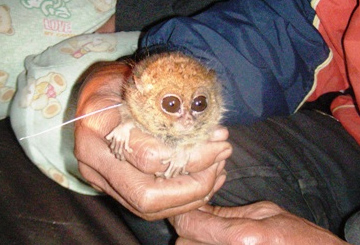 The pygmy tarsier. Photo by Sharon Gursky-Doyen/Texas A&M University  Sulawesi’s biodiversity is partly the result of its strange geography. Noting that no location is more than 100 km from the coast, the authors of the Biotropic study called Sulawesi “a large island without an interior.” Map by Rhett A. Butler |
Gursky-Doyen says the discovery should encourage the Indonesian government to better protect the mountainous park which is facing encroaching.
Straddling the Wallace line, an area of biological discontinuity between Asia and Australia, Sulawesi is characterized by high levels of endemism–more than 60 percent of its mammals and more than one third of its birds are found nowhere else on the planet. So unusual the island’s biodiversity, it helped inspire Alfred Russel Wallace to independently propose a theory of natural selection that pushed Charles Darwin to publish his masterwork, The Origin of Species before he was ready to go to press. Nevertheless, despite its storied history and species richness, Sulawsi’s biodiversity is poorly known by scientists. More troubling, the island has long been overlooked conservationists.
Their neglect has been costly—Sulawesi’s forests have fast been converted for agriculture, felled by loggers, and degraded by miners. A new study, published lay year in the journal Biotropica showed that roughly 80 percent of the island’s habitats have been degraded or destroyed.
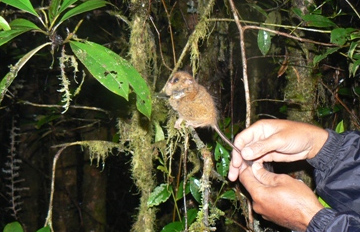
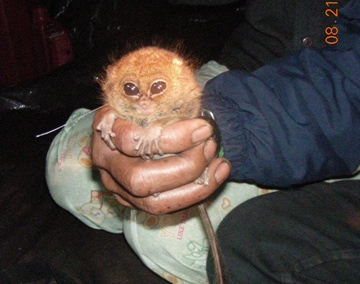
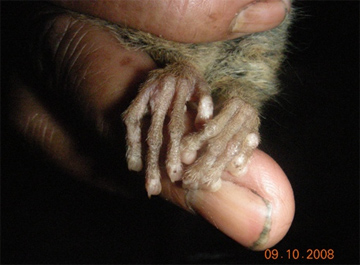
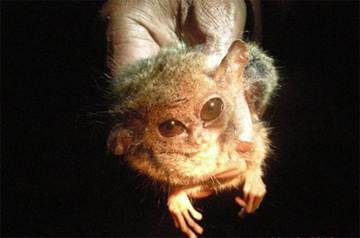

The pygmy tarsier. Photos by Sharon Gursky-Doyen/Texas A&M University
VIDEO